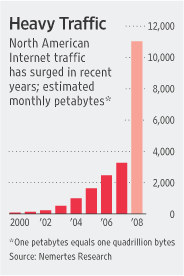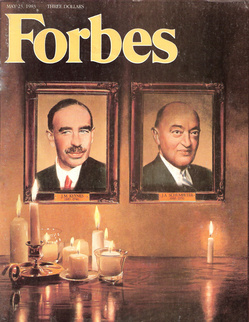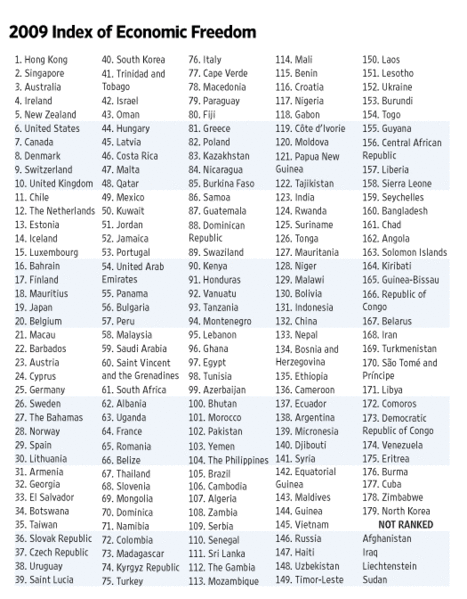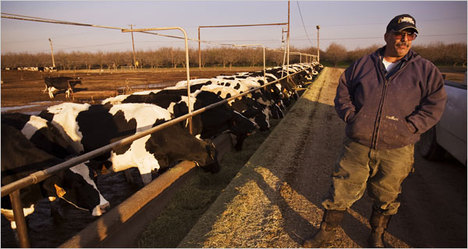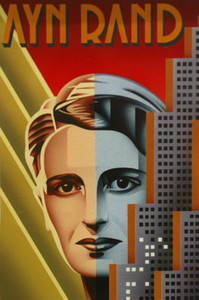(p. A15) In virtually all economics classes, including those taught by the many excellent economists on the Obama team, the idea of government spending as an engine for growth is not a popular topic. Yet despite their skepticism of Keynesianism in the classroom, when it comes to public policy, these economists happily endorse a large stimulus package that could bring our deficit to 10% of GDP. Why?
One explanation is that these economists think this recession is an extraordinary one.
. . .
But this particular recession is unique not in its dimensions, but in its sources. First, it is the result of a financial crisis that severely affected stock-market valuations. The bad equilibrium did not originate in the labor market, but in the credit market, where investors are reluctant to lend to risky firms. This reluctance is making it difficult for these firms to refinance their debt, forcing them to default on their credit, further validating investors’ fear. Thus, the problem is how to increase investors’ willingness to take risk. It’s unclear how the proposed stimulus package would help inspire investors to do so.
. . .
So how do we stimulate the economy without increasing the already large current-account deficit? It’s not easy, but here is an idea: Create the incentive for people to take more risk and move their savings from government bonds to risky assets. There is no better way to encourage this than a temporary elimination of the capital-gains tax for all the investments begun during 2009 and held for at least two years
.
For the full commentary, see:
ALBERTO ALESINA and LUIGI ZINGALES. “Let’s Stimulate Private Risk Taking.” Wall Street Journal (Weds., JANUARY 21, 2009): A15.
(Note: ellipses added.)


